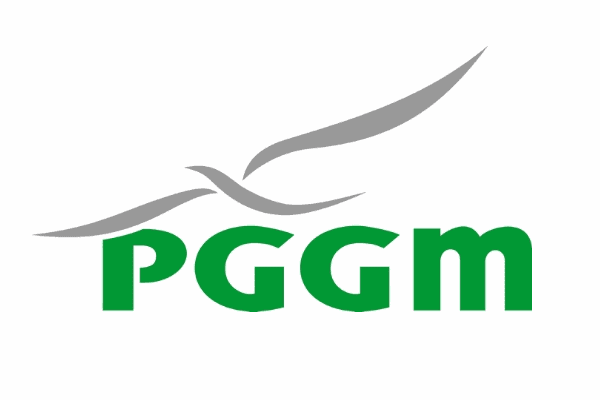PGGM to reduce ILS investments as target allocation exceeded

Netherlands-based pension investor PGGM is set to reduce the overall size of its insurance-linked securities (ILS) market investments, as the groups ILS portfolio has now grown substantially above the target allocation percentage, Artemis has learned.
According to sources, PGGM’s allocation to the ILS market has grown as a percentage of the overall assets it manages, due to global volatility in asset pricing.
As we explained some weeks ago, relatively strict asset allocation protocols in the pension community can become a driver for some investors to downsize their allocations to insurance-linked securities (ILS).
This is because broader macro-economic effects and capital market volatility can mean some allocations need to be reduced, to stay within their defined thresholds.
Which is particularly relevant in 2022, as many asset class values have fallen.
Pension fund investors can operate strict asset allocation protocol, with a percentage set aside for different asset classes (PGGM had previously targeted a 2.5% of assets allocation to ILS). The issue here being that, when values fall significantly in some other areas of the overall portfolio, an asset class that is unaffected by those same macro effects (like ILS), can grow to become an outsized percentage of the whole.
This appears to have been the case for PGGM, which had grown its ILS, catastrophe bond and reinsurance-linked investment portfolio to around US $8.2 billion earlier this year.
At that time, around the end of the first-quarter of the year, PGGM’s Insurance Linked Investments mandate (ILI) was still said to be below the upper-end target for its allocation size.
But things have changed over the following months, with global capital markets and asset values declining across a broad swathe of stocks, bonds and other asset classes, resulting in the PGGM ILS allocation becoming outsized, compared to its target, we understand.
We understand that the PGGM catastrophe bond portfolio is not set to be sold down, to reduce the overall ILS allocation size, despite it being the obvious potential type of ILS asset to sell, given the liquidity and transferability available in that part of the market.
In fact, we understand PGGM intends to reinvest cat bond assets that mature, where market conditions are conducive to do so and that overall the investor remains committed to the ILS and cat bond market.
It’s also notable that PGGM intends to make more investments into the ILS space, but had recently said that it will be more selective when managing the ILS portfolio going forwards.
This is notable news given the scale of PGGM’s investments into the ILS market, as it is the largest single investor source of third-party capital in the space.
Overall, PGGM had 13 ILS allocations in place earlier this year, giving the investor plenty of options as to where exactly to downsize its ILS portfolio. It’s not clear how much this reduction will need to be.
Of course, it’s also important to note that, as values in the broader investment market appreciate over-time, the allocation percentage that ILS makes up in the broader PGGM portfolio will therefore likely fall, allowing the investor to increase its activity in the space once again. It’s also worth considering how the impacts of hurricane Ian could affect the size of the ILS allocation as well, given there is bound to be some implications for some of the ILS positions PGGM has invested in.
PGGM invests in the ILS and reinsurance asset class on behalf of one of the pensions it administers, the Dutch healthcare and social welfare sector’s PFZW pension fund.
PGGM remains the largest single investor listed in our directory of pension funds and sovereign wealth funds investing in ILS and reinsurance.






